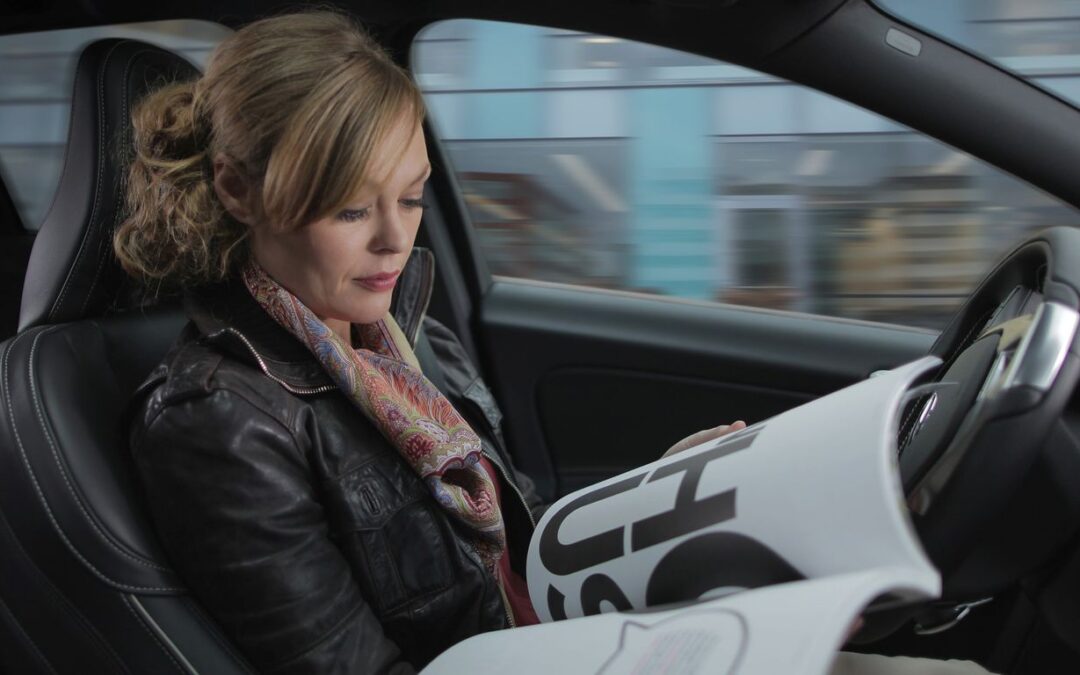No one has asked for driverless cars and no government has legislated in favour of them, so why?
It’s another example of manufacturers developing technology to demonstrate expertise but which further devalues the driving experience.
The developments are also testing the minds of insurers who recently met in London to look at future technology, liability and the way we use use cars, possibly with unlicensed and unqualified people using them just as any other product and which would push “product liability” onto the cars’ builders and providers.

Automotive technology has so ‘neutered’ the driver that driverless cars are the next logical step as the modern car does most of the thinking now anyway. It can brake for you, turn the lights and wipers on and off for you, adjust your tyre pressures and provide grip where there isn’t any.
There would be some benefits in taking control and responsibility away from the driver. Mobile phones could be used without a hands-free set and make-up applied and hair combed at will.
In addition new, young drivers could benefit by observing how it should be done while the elderly would be reminded of how they used to do it. Traffic would be orderly, politely avoiding each other and cyclists wouldn’t need to wear helmets or high visibility clothing, although some of us would miss the tight licra on our daily boring commute, which just might become even more boring as a result.

The lack of road traffic accidents would mean police could spend more time chasing criminals and there would be no more need for the Highways Agency. Think how much money that could save and how the motorways could become traffic cone-free zones overnight.
But there are disadvantages. Satnav manufacturers would go bust because there wouldn’t be the need for anyone to listen to the instructions.
Meanwhile family dynamics would alter as there wouldn’t be a driver to threaten to leave noisy children at home and mothers-in-law couldn’t be back seat drivers any more.
There could be practical difficulties as well if no one was sitting in the driver’s seat. McDonalds would have to reposition its drive-through intercoms and pay kiosks to the passenger’s side.
Now you may have noticed that I have assumed that in a driverless car there is no need for someone to sit in the traditional driver’s position, ie in front, on the right hand side.
I believe this to be a reasonable assumption because if every normal driver function is now being performed without direct human input then the person in the car can sit wherever he/she wishes.
It should make no difference. In a camper van the driver could even go into the back to make a cuppa or have a lie down on a longer journey.
That would be a truly driverless automobile. But a word of caution. Apart from hackers turning real life into a video game consider what might happen if the car entered a Wi-Fi blackspot along with all the other high-tech models around you. Captain Pugwash

